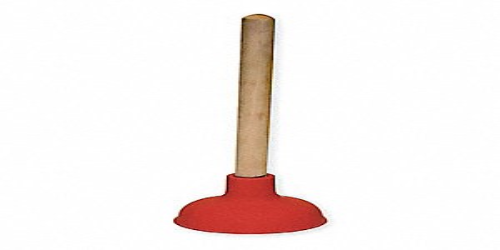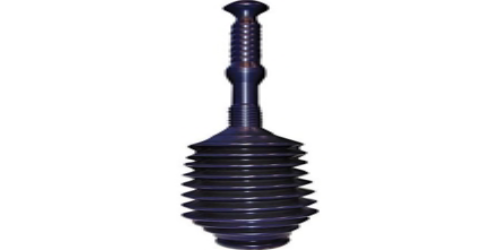
More than likely all of the people reading this right now not only know what a plunger is, but have one at their home. Have you ever stopped for a minute to think if you're using your plunger the 100% correct way? Believe it or not, there is a right, and a wrong way, to use a plunger.
What Is A Plunger?
The plunger, a universal sign of toilet clogs around the globe, can unclog pipes and make them run more efficiently. It has no real clear inventor, and has been in use now for over 200 years. It may seem like a simple design, but most amazing inventions start that way, don't they? When you use a plunger, you press it down, air is forced down the drain and it applies air pressure to whatever is clogging your drain. Pulling the plunger up sucks that air back creating a vacuum that also helps to wrangle the clog loose so you can move on wit
Plungers are for more than just toilets!
While a plunger is the correct tool for dealing with many clogs in the toilet, it can also be the correct tool for other drains in the home as well. Sinks, showers...all can be great places to use a plunger and solve your problem.
When is it time to grab the plunger? Whenever you suspect a clog is causing your issue. Not only can it potentially help you avoid much more costly repairs, it can prevent you from needing to call a plumber as well. The plunger is a great first line of defense before resorting to calling a professional in to take a look at the situation.
Choosing The Right Plunger
Even though all plungers are designed to unclog a drain, some plungers are best suited for different types of clogs. Let’s take a look at some of the different plungers, so you know which one is best for you.
The Standard Plunger

If you have a plunger at home, you probably have the standard plunger. This type typically has a wooden handle and an orange rubber cup. Standard plungers come in a variety of sizes, and while they can be used for a variety of clogs, they are best used for flat surfaces over a sink drain or in a slow draining bathtub and shower area.
Accordion Plunger

While not as versatile as the standard plunger, the “accordion” plunger provides more air pressure than the flange and can help with more stubborn clogs. It's accordion design doesn't lend itself as well as the flange plunger to the shape of a toilet opening, but it can be used in a toilet and will definitely do the job for you.
It is important to note here that while it is a good idea to not only have a plunger for each toilet in your home, it is also vitally important to have a dedicated plunger for other drains like sinks, showers and baths, in order to avoid spreading the "ewww" from your toilet to your sink or shower.
A Few Final Thoughts
While a plunger may do the trick for that pesky clog, it is important to know when it will not. If a plunger isn't doing the job, it may be time to bring in the professionals from Mr. Rooter. Also, a plunger can last you a very long time if taken care of appropriately. Make sure and clean your plunger and store it the right way so that it can continue to give your plunges for years to come!

